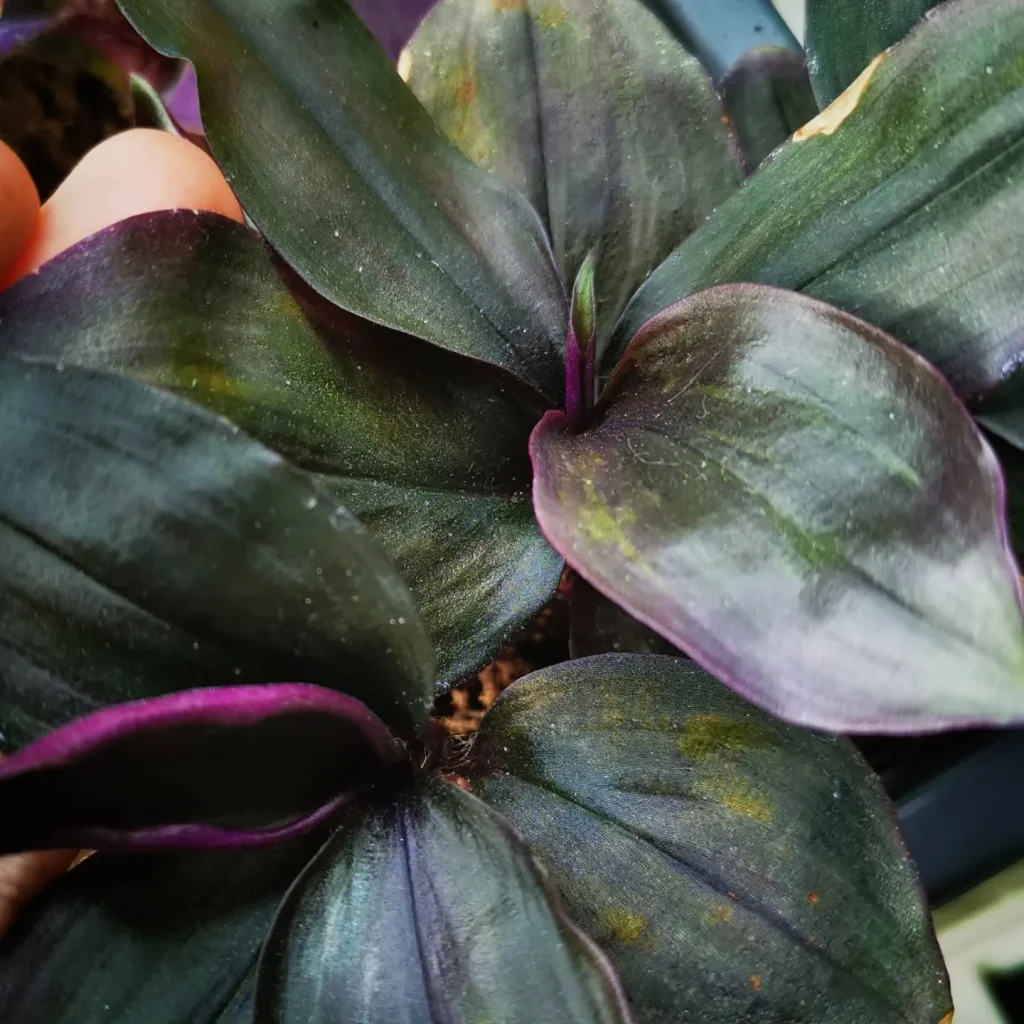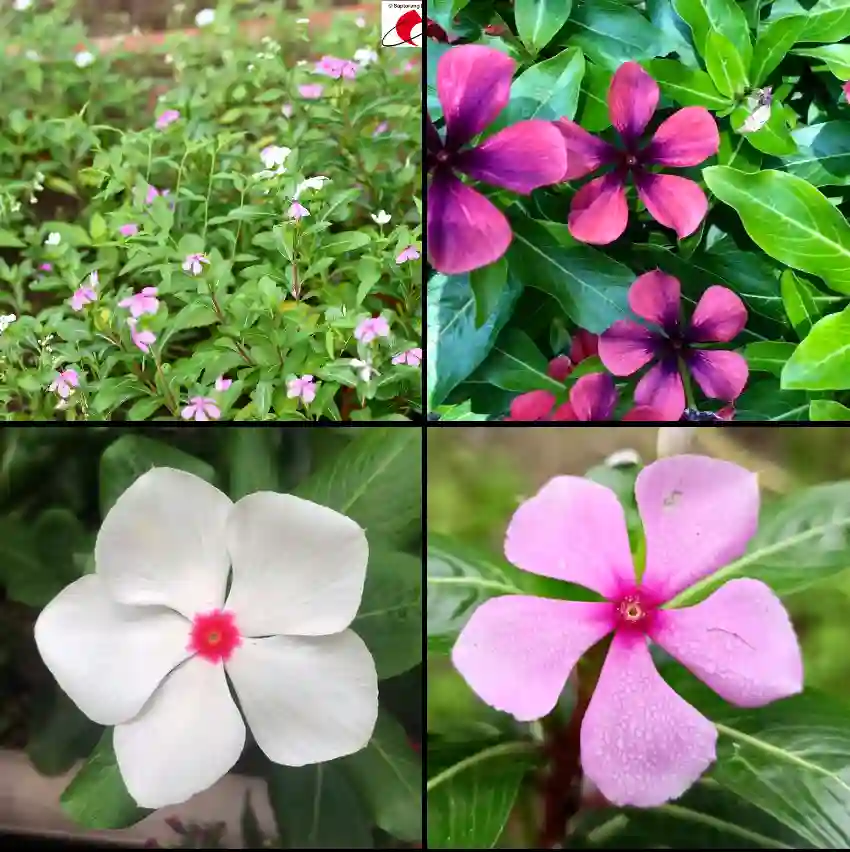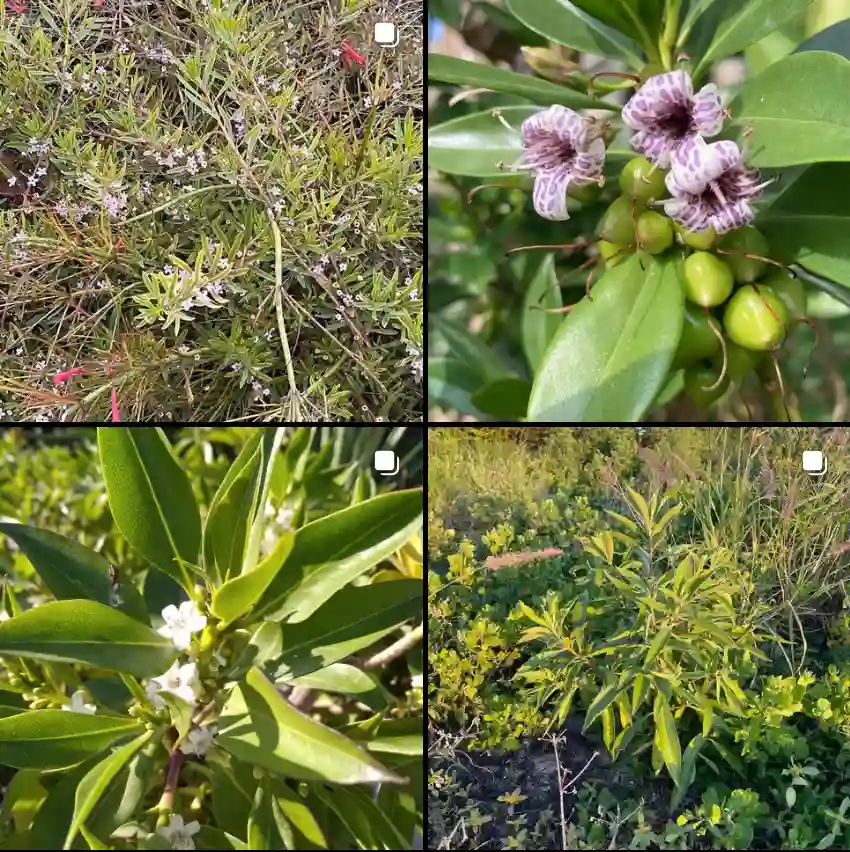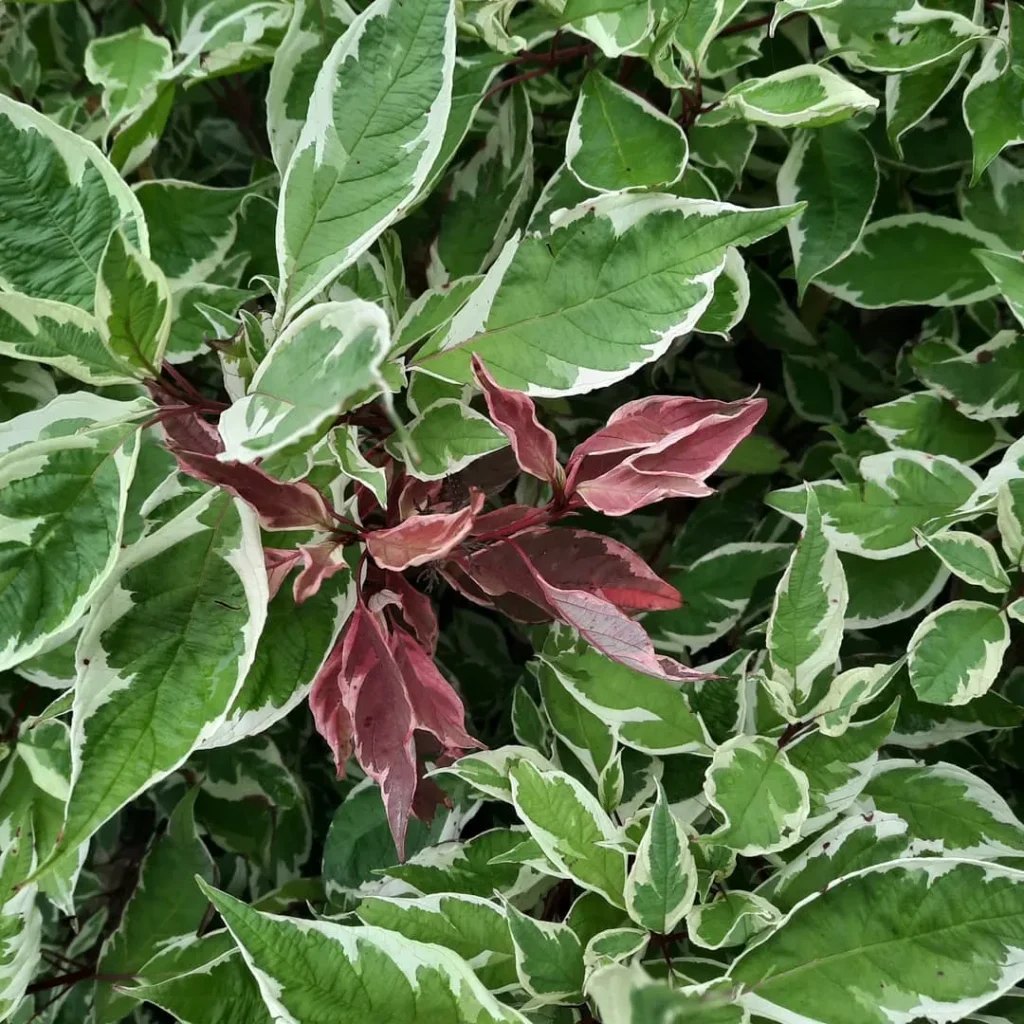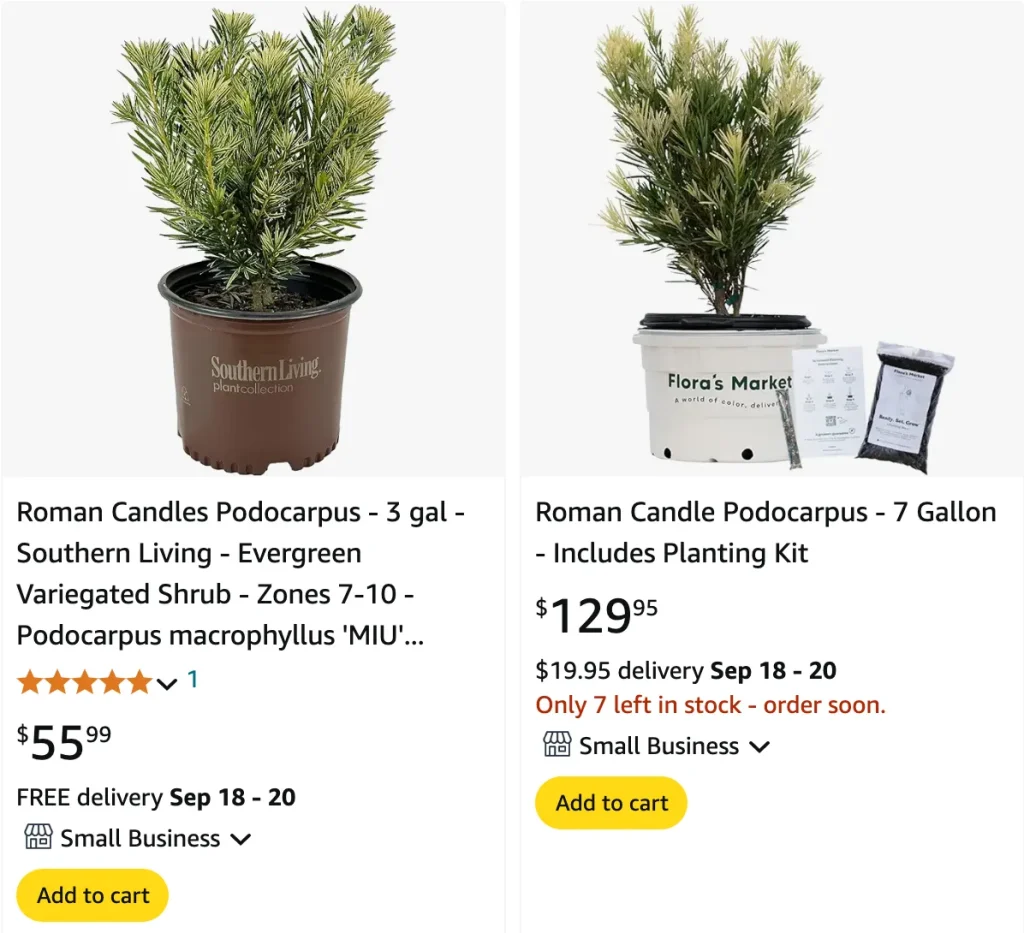
Roman Candle Podocarpus FAQs
As someone who enjoys collecting unique and ornamental plants, I’ve had my fair share of experience with different varieties. One that stands out is the Roman Candle Podocarpus. I’ve been asked many questions about it, and it’s no surprise, given how eye-catching it is. Let’s dive into some of the most frequently asked questions about the Roman Candle Podocarpus and its care, appearance, and benefits.
117 Species in Genus Podocarpus
What is a Roman Candle Podocarpus?
The Roman Candle Podocarpus is an evergreen shrub or small tree that belongs to the Podocarpus family. Known for its striking variegated foliage, it has elongated green leaves with creamy-white to yellow margins. The plant is often used as a hedge, accent plant, or in formal gardens. Its upright, columnar growth habit makes it ideal for adding structure and height to landscapes.
Are Roman Candle Podocarpus Pretty?
Absolutely! The Roman Candle Podocarpus is one of the most aesthetically pleasing plants I’ve come across. The variegated leaves provide a bold contrast in any garden, and their unique color variation makes them a statement piece. Whether used as a backdrop or a focal point, their beauty is undeniable. If you’re looking to add visual interest to your landscape, this plant won’t disappoint.
How to Care for a Roman Candle Podocarpus?
Caring for Roman Candle Podocarpus is relatively easy, making it a favorite for beginner and experienced gardeners alike. It thrives in well-draining soil and prefers full sun to partial shade. Here’s what I’ve learned about keeping mine happy:
- Watering: It doesn’t require too much water once established. I make sure to water it deeply during the first year, but after that, it becomes fairly drought-tolerant.
- Soil: Well-draining soil is crucial. Avoid waterlogged areas as this can lead to root rot.
- Fertilizer: I apply a balanced, slow-release fertilizer in the spring to encourage growth.
- Pruning: Pruning is minimal, but I like to trim it occasionally to maintain its shape.
Can You Grow Roman Candle Podocarpus Indoors?
Though Roman Candle Podocarpus is primarily grown outdoors, it can be adapted to indoor conditions. I’ve tried growing it indoors in a large container, and it did reasonably well. However, it needs plenty of light, so place it near a sunny window. Keep in mind, this plant can get quite large, so indoor growing is only suitable for a short period unless you have ample space.
How to Propagate Roman Candle Podocarpus?
Propagating Roman Candle Podocarpus is done primarily through cuttings. I’ve had the most success with semi-hardwood cuttings. Here’s my method:
- Take a 4-6 inch cutting during the summer or early fall.
- Remove the lower leaves and dip the cut end in rooting hormone.
- Plant the cutting in a pot with well-draining soil and keep it moist.
- Place the pot in a warm area with indirect sunlight. It may take several weeks to root, so be patient!
What to Plant with Roman Candle Podocarpus?
This plant pairs well with a variety of other shrubs and perennials. I like to combine it with lower-growing plants like Agapanthus or Liriope to create a tiered effect in the garden. Its variegated foliage also contrasts beautifully with dark-leaved plants such as Loropetalum or Hemerocallis (Daylilies).
Is Roman Candle Podocarpus Toxic?
Thankfully, Roman Candle Podocarpus is not considered toxic to humans or pets. I’ve had it around my family and pets with no issues. However, it’s always a good idea to supervise pets around plants as some may chew on foliage out of curiosity.
Common Problems with Roman Candle Podocarpus
One of the common issues I’ve encountered with this plant is root rot, which happens when it’s planted in poorly drained soil. I’ve also seen some leaf discoloration due to overwatering, but once you dial in the proper watering schedule, it thrives. Pests like aphids and scale insects may occasionally be an issue, but they are easily controlled with insecticidal soap or neem oil.
Can Roman Candle Podocarpus Be Used as a Hedge?
Yes, and it makes a stunning hedge! I’ve used Roman Candle Podocarpus as a privacy screen along a fence, and it works beautifully. Its dense growth habit provides excellent coverage, and its upright form ensures it doesn’t take up too much space. Regular pruning will help keep it in shape, especially if you’re aiming for a more formal hedge.
Benefits of Roman Candle Podocarpus
There are plenty of reasons to love this plant:
- Aesthetic Appeal: As I’ve mentioned before, the variegated foliage is simply gorgeous.
- Low Maintenance: Once established, it’s drought-tolerant and doesn’t require much upkeep.
- Versatility: It can be used as a hedge, accent plant, or even in containers.
- Non-toxic: Safe to have around pets and children.
Comparison with Similar Plants
People often confuse Roman Candle Podocarpus with Podocarpus Macrophyllus or Podocarpus Gracilior, which are also popular in landscaping. However, the main difference is in their foliage. While Macrophyllus has solid green leaves, the Roman Candle boasts its signature variegation, making it more visually striking. Both are relatively easy to care for, but if you’re looking for that extra pop of color, the Roman Candle wins hands down.
Conclusion
The Roman Candle Podocarpus is not only pretty, but it’s also a versatile and easy-to-care-for plant that adds elegance to any garden. Whether you’re planting it as a hedge, an accent, or trying your hand at indoor gardening, this plant will reward you with its beauty and resilience. With the right care, it will be a stunning feature in your landscape for years to come.
If i die, water my plants!
